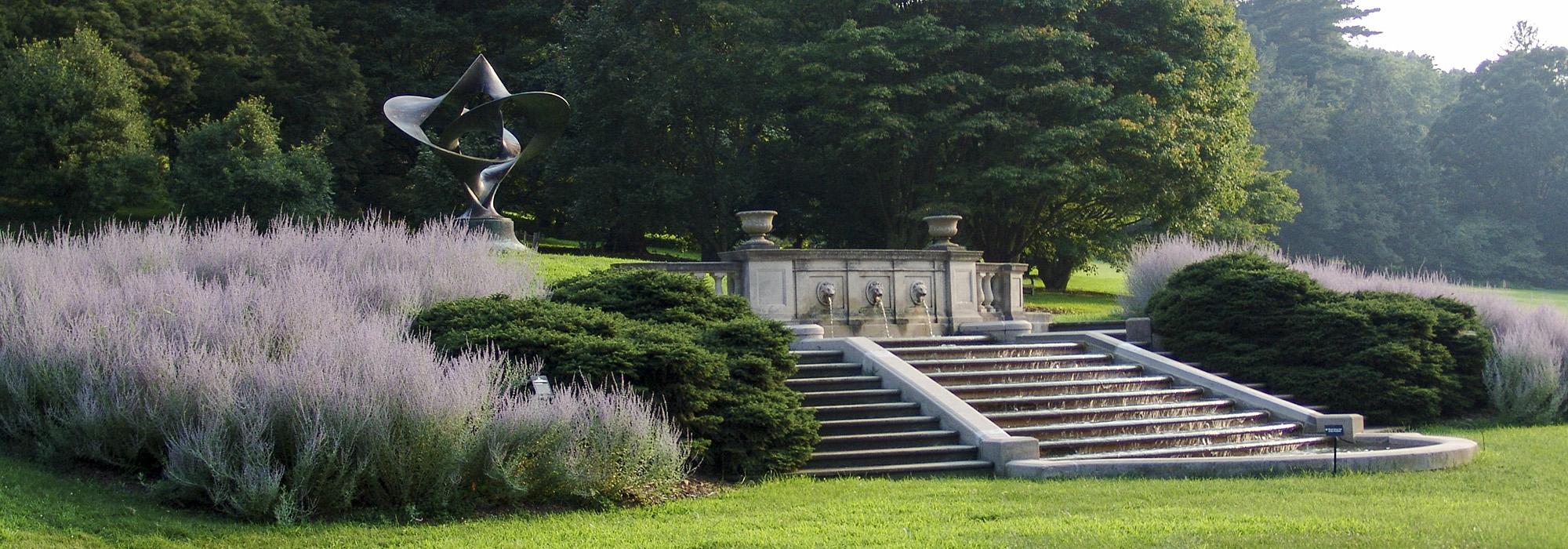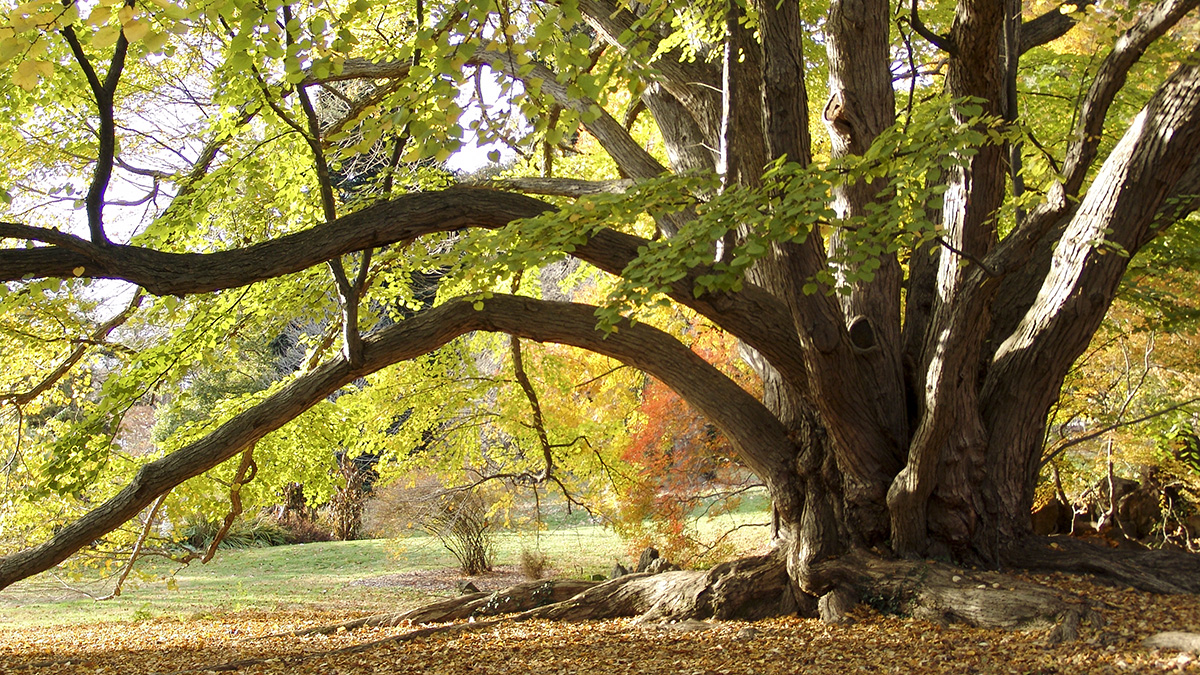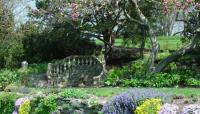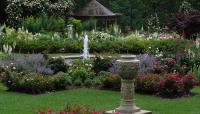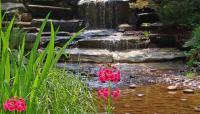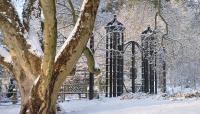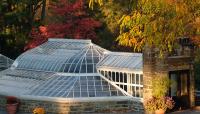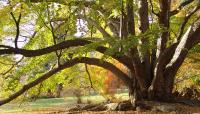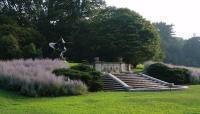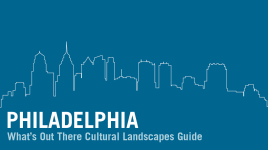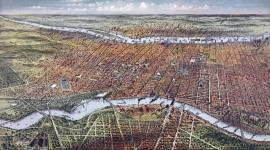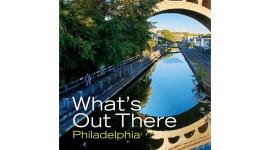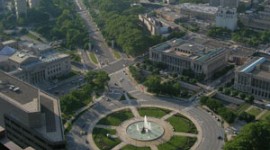Landscape Information
Pennsylvania’s official state arboretum encompasses 175 acres in Chestnut Hill, a northwest suburb of Philadelphia. It began as Compton, the summer estate of siblings John and Lydia Morris, who landscaped the barren site beginning in 1887; many of their original planting arrangements survive. In 1932, the estate was bequeathed to the University of Pennsylvania and opened as a public arboretum featuring flora native to temperate climes in North America, Asia, and Europe.
The arboretum’s Romantic landscape centers around the English Park begun in 1912. Open lawn allows long views of the distant Whitemarsh Valley, framed by informal groupings of maples, dogwoods, cherries, witchhazels and stewartias. The Azalea Meadow is similarly edged in masses of firs, pines, and cedars, with azaleas added in the 1950s. This pastoral sensibility is contrasted with the formal Rose Garden, created in 1888 as four quadrants of box-edged walks converging in a marble fountain. Summerhouses, sculpture, and fountains are placed throughout the formal and parterre gardens, such as the Italian Villa Garden, created on a terraced hillside embellished with a terra-cotta balustrade and Etruscan urns. The Japanese-style Hill Cloud Garden was created from the soil excavated from Swan Pond in 1905 and designed by Muto. The Fernery, a Victorian glass house erected in 1899, is the last of its kind in North America.
Beginning in 1948, the arboretum was enlarged with the purchase of neighboring estates, including Bloomfields and Gates Hall. The Morris Arboretum was listed in the National Register of Historic Places in 1978.



